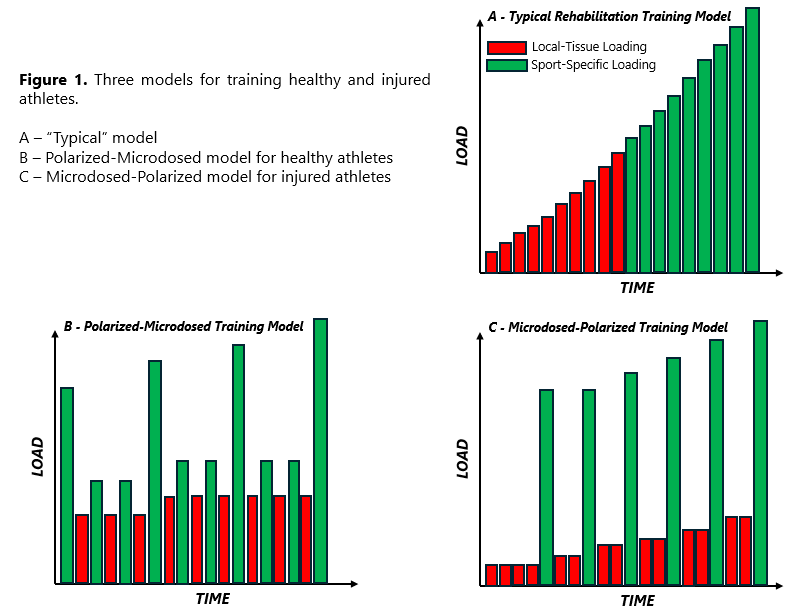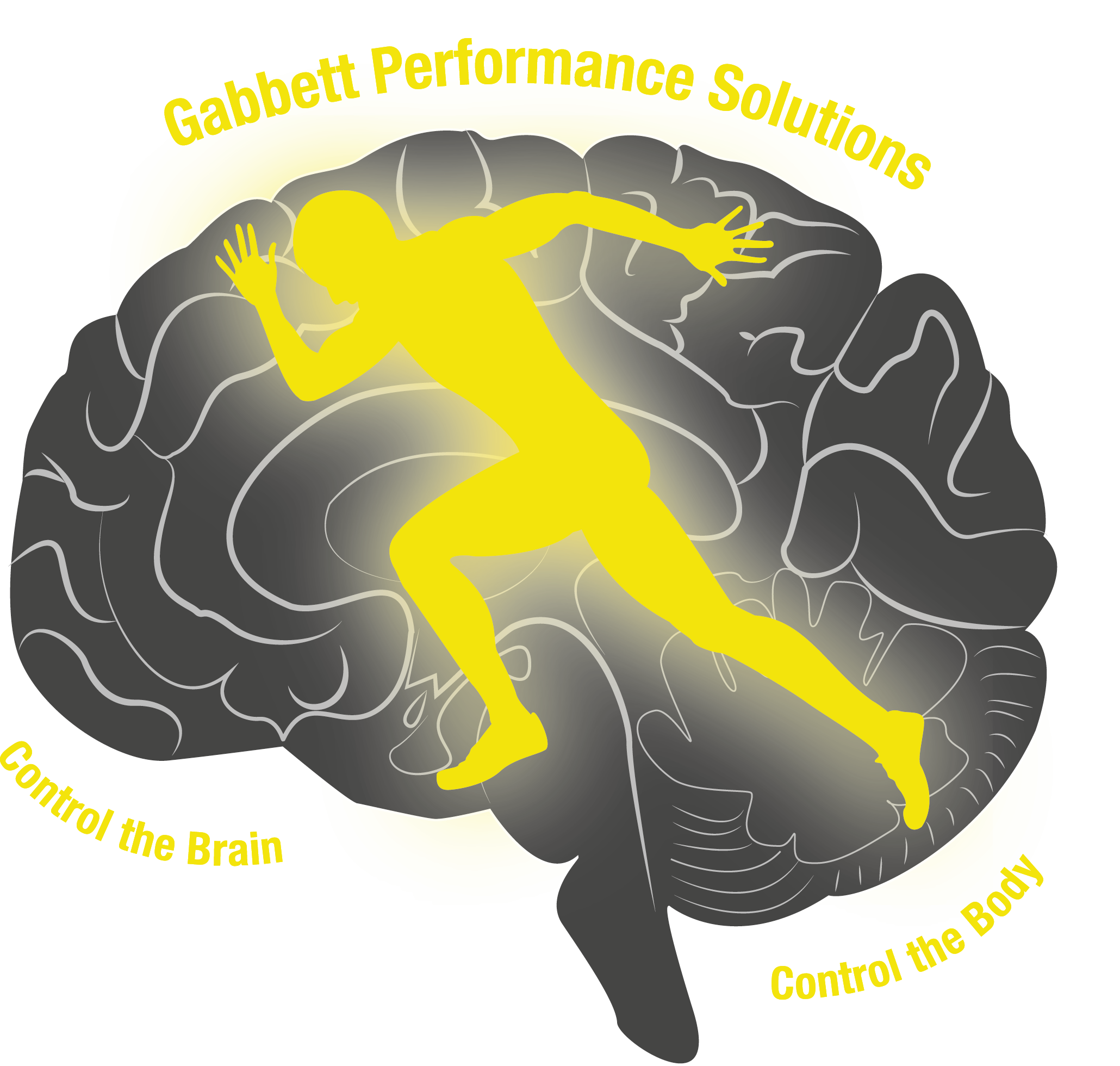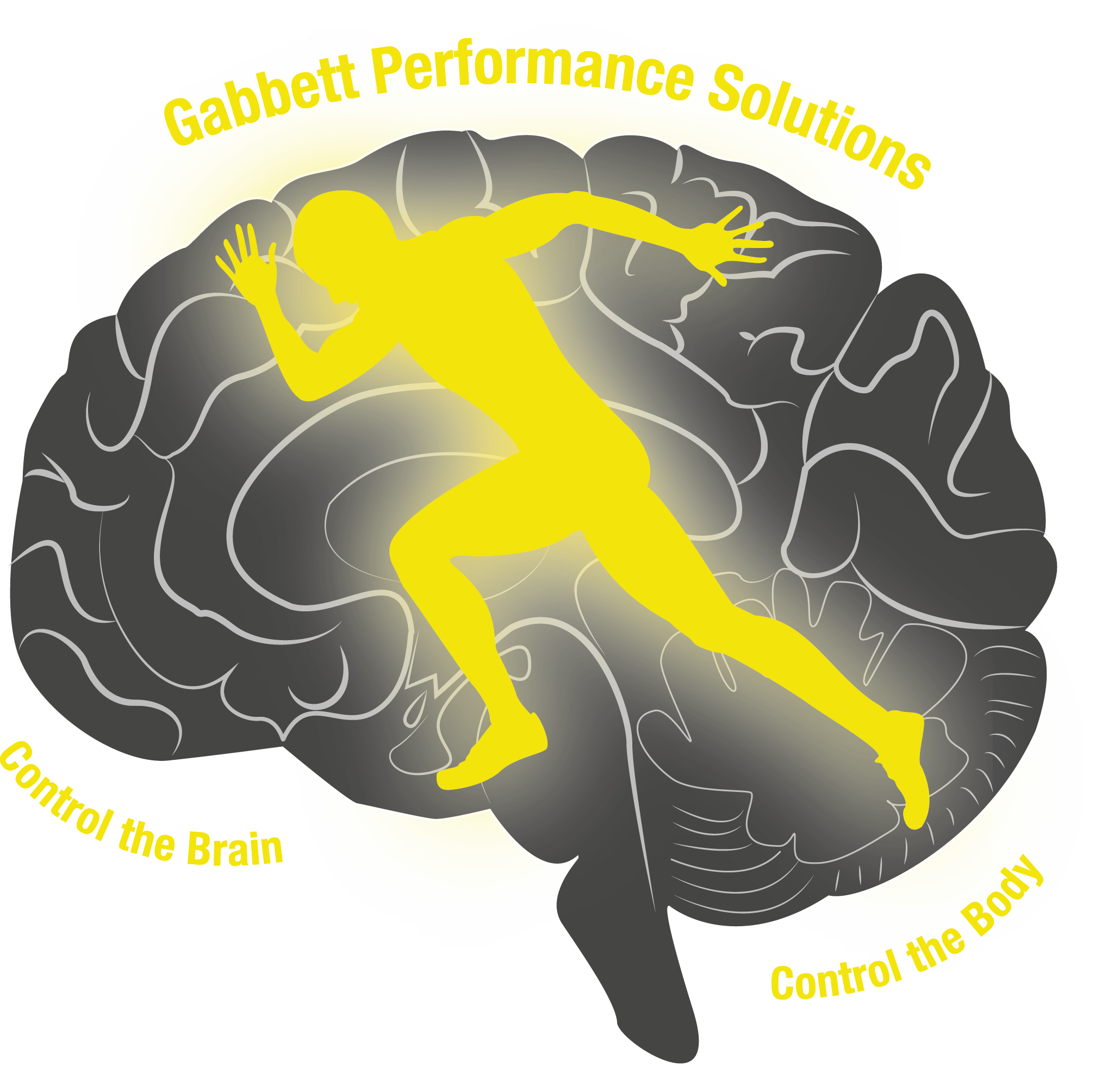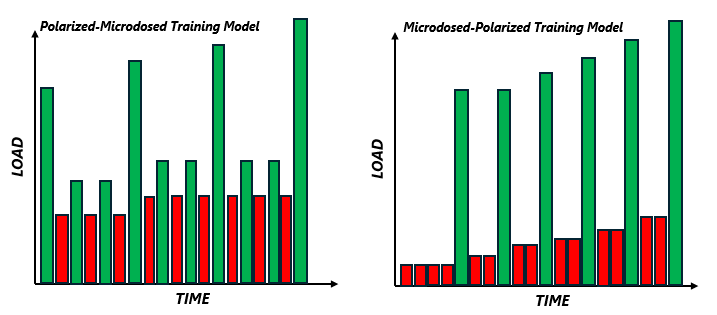What Do the Best Training Programs Look Like?
It is well documented that the worlds’ best athletes predominantly use polarization in training – a “high-low” approach to training stress [3, 4]. This model involves the prescription of relatively large volumes of “low stress” activity (e.g. extensive aerobic, low central nervous system activity) and relatively small volumes of “high stress” activity (e.g. sprinting, running activities at or above ‘threshold’ pace, high central nervous system activity). Importantly, athletes require discipline on their “low days”, embracing the recovery window, thereby allowing their “high days” to be higher. Although obvious differences exist between power (e.g. track and field), endurance, and team sports – all embrace versions of training polarization [1, 3]. Conversely, when athletes sustain injury, it is commonly assumed that employing a polarized approach to training is not possible due to the reduction in local-tissue capacity. As a result, most musculoskeletal rehabilitation programs employ microdosing – regular low-intensity, sub-threshold training doses to restore capacity of the injured tissue. Often it is not until the final stages of rehabilitation that the tissue is exposed to the high intensities that approach those employed during polarization and competition (Figure 1a).
Is it Correct to Assume that Training Programs Should be Either Microdosed or Polarized?
We have previously demonstrated how many rehabilitation programs emphasize local-tissue loading with minimal sport-specific loading [2]. Conversely, healthy athletes often overemphasize sport-specific loading (e.g. ‘practice’) and neglect local-tissue loading. This paints the picture that (1) local-tissue loading and sport-specific loading cannot be performed currently and (2) that one is performed during rehabilitation (i.e. local-tissue loading), while the other (i.e. sport-specific loading) is only performed by healthy athletes who are competing regularly. However, neither rehabilitation programs nor those for healthy athletes need rely solely on one approach – the best programs include a combination of local-tissue, global capacity, and sport-specific loading.

Until January 1st, take 20% off all products with the discount code “gabbett20”
Polarized-Microdosing – Create a New Performance Ceiling for Healthy Athletes
In a polarized-microdosed training model, the emphasis is on sport-specific loading using a polarized approach, with regular sub-threshold microdoses of local-tissue loading (Figure 1b). This model ensures that athletes are receiving adequate high-intensity training doses to perform the demands of their activity (e.g. competitive sport, artistic performances, military deployment). The local-tissue loading enhances specific physical capacities and underpins the performance of sport-specific tasks. Ensuring the “high-stress” training is appropriately timed with adequate recovery between similar “high-stress” doses, allows coaches to minimize fatigue in preparation for important activities.
Microdosed-Polarization – Bridge the Gap Between Injury and Performance
Rather than relying solely on local-tissue loading in rehabilitation, a microdosed-polarized model is recommended. Of course, the emphasis is on restoring capacity of the injured tissue using a microdosed approach because the injured tissue cannot tolerate high intensities, but judicious use of global capacity loading should be performed around the injury. The athlete already has one problem (i.e. the injured tissue) – we don’t want to create another problem by allowing the capacity of other non-injured tissues and systems to also decrease. As long as the inflammatory response to rehabilitation is not exacerbated, this loading can be started almost immediately after injury and can follow a polarized training model (Figure 1c). This approach offers an evidence-based, best practice approach to bridging the gap between injury and return-to-peak performance.
The Best Practitioners Use the Best of Both Worlds to Optimize Rehabilitation and Performance Programs
Polarization and microdosing don’t have to be an either/or approach – rehabilitation professionals and performance staff can both benefit from using these approaches.
- A polarized-microdosed approach to training allows coaches to practice sport-specific skills at, or above game intensities, while ensuring athletes are supported by well-developed local-tissue capacity.
- A microdosed-polarized approach allows rehabilitation professionals to respect biological healing time while also maintaining (or improving) the capacity of other tissues and systems surrounding the injured tissue.
- Both approaches employ a performance focus, while ensuring that the health of the athlete is maintained.
Until January 1st, 2026, we are offering 20% off all products. Online courses, Live workshops, and all Strength, Hypertrophy, and General Development Training Programs! Use the code “gabbett20” to access your discount.
References
1. Gabbett TJ, Oetter E. From tissue to system: what constitutes an appropriate response to loading? Sports Med. 2025;55:17-35.
2. Gabbett T, Sancho I, Dingenen B, et al. When progressing training loads, what are the considerations for healthy and injured athletes? Br J Sports Med. 2021 Sep;55(17):947-948. doi: 10.1136/bjsports-2020-103769.
3. Haugen T, Seiler S, Sandbakk O, et al. The training and development of elite sprint performance: an integration of scientific and best practice literature. Sports Med Open 2019;5:44.
4. Seiler S, Tonnessen E. Intervals, thresholds, and long slow distance: the role of intensity and duration in endurance training. Sportsci 2009;13:32-53.





